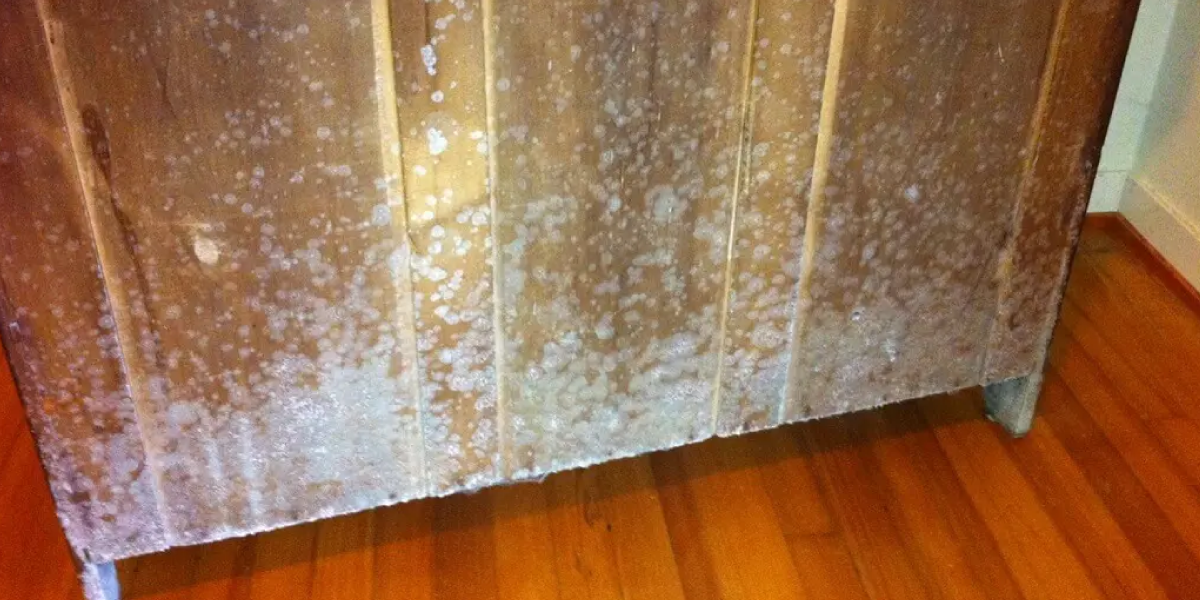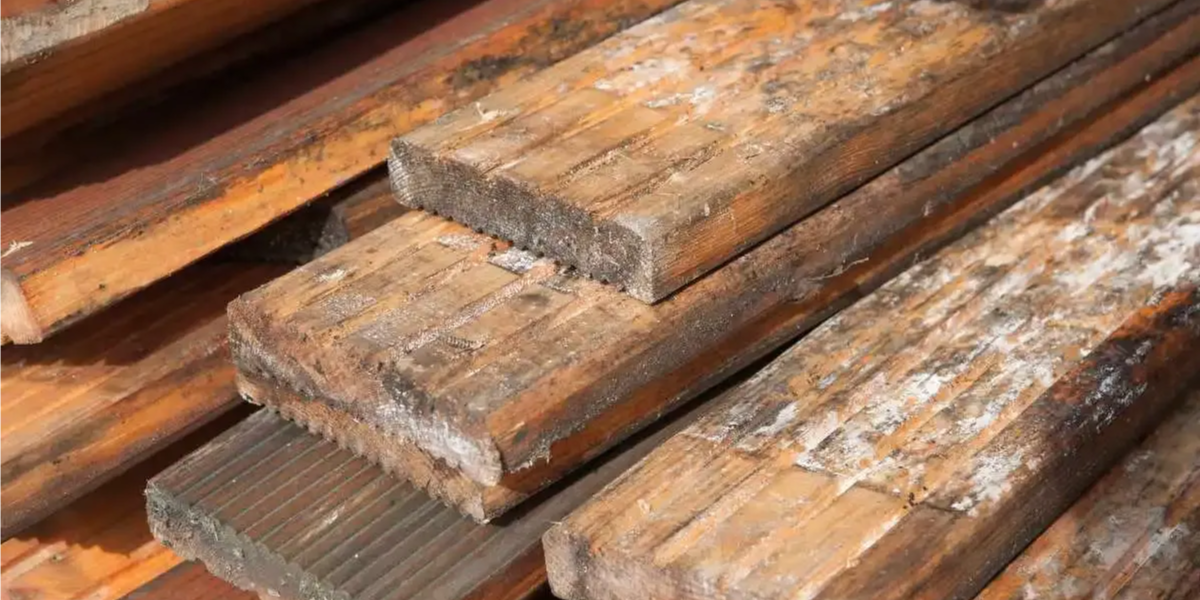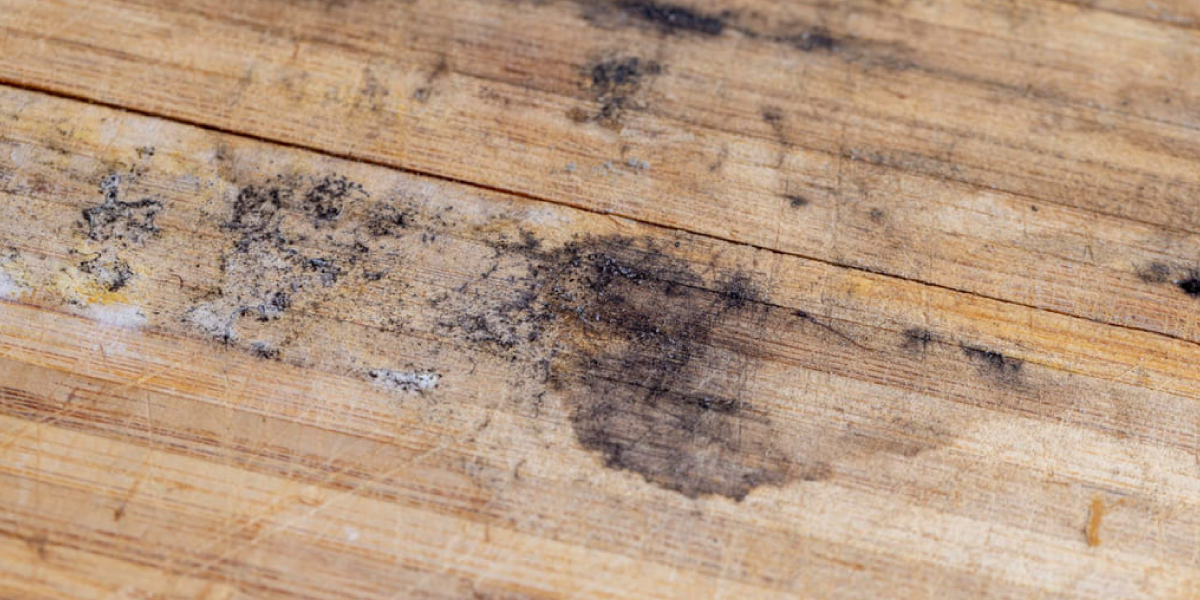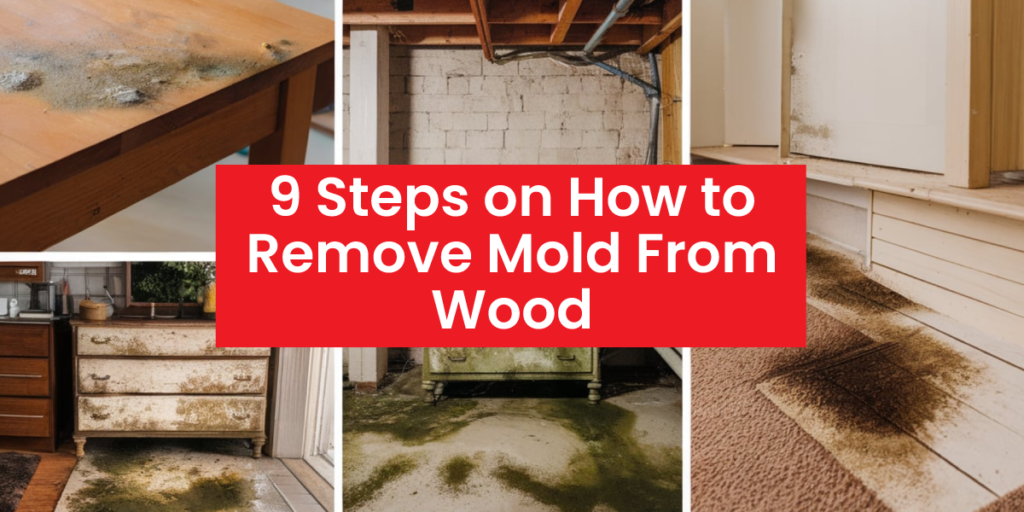Hey! So, you found some mold growing on your wood surfaces? That can be really annoying, right? Mold on wood is super common, especially when things get damp or humid. If you don’t take care of it, mold can ruin the wood, make it weak, and even cause health problems by spreading tiny spores into the air.
We’re going to walk you through everything — what causes mold on wood, how to spot it, and a simple step-by-step way on how to remove mold from wood safely.
Plus, we’ll share tips to keep your wood looking fresh and mold-free for a long time.
What Causes Mold on Wood?

Mold loves moisture, warmth, and poor airflow. Wood is like a sponge — it soaks up moisture, which makes it a perfect home for mold spores.
Here are the common reasons mold shows up on wood:
| Cause | Explanation |
| High humidity (over 60%) | When air feels sticky and wet |
| Water leaks | From pipes, roofs, or walls |
| Poor ventilation | In places like basements or closets |
| Flood or water damage | When wood stays wet for a long time |
| Condensation | Water droplets forming on wood |
Quick Fact: Mold can start growing within 24 to 48 hours if the conditions are right!
How to Tell If It’s Mold on Wood?

Not every stain or spot on wood is mold. Here’s how to check:
- You see black, green, white, or gray spots or patches
- It smells musty or damp near the wood
- The wood feels soft or damp when you touch it
- Sometimes, the mold looks fuzzy or powdery
Note: If you’re not sure, you can get a mold testing kit or ask a professional to check it out.
Understanding the difference between white mold and black mold can help you choose the safest removal method.
Cleaning Mold on Wood: Safety First!
Mold spores can float in the air and cause sneezing, coughing, or worse. So, before you start, keep these safety tips in mind:
- Wear gloves, goggles, and a mask (N95 or better if you have one)
- Work in a place with good airflow — open windows or use fans
- Keep kids and pets away while you work.
What You’ll Need to Remove Mold From Wood

Here’s a quick shopping list:
| Item | Why You Need It |
| Gloves, mask, goggles | To protect your skin and lungs |
| Soft brush or sponge | To scrub without damaging wood |
| Bucket | For mixing cleaning solutions |
| Clean water | For rinsing |
| Mild detergent or wood cleaner | To clean dirt and mold spores |
| White vinegar or hydrogen peroxide | Natural mold killers |
| Baking soda (optional) | Extra cleaning power and deodorizer |
| Spray bottle | For easy application of cleaners |
| Clean cloths or towels | For drying and wiping |
| Sandpaper | To remove stubborn mold stains |
| Wood sealant (optional) | To protect wood after cleaning |
Step-by-Step: How to Remove Mold From Wood
Now, let’s get into the details of cleaning mold on wood.
Step 1: Get Ready
Move things away from the moldy wood. Open windows and put on your gloves, mask, and goggles.
Step 2: Remove Loose Mold
Gently brush off any loose mold or use a vacuum with a HEPA filter. Don’t stir up the spores too much!
Step 3: Clean With Soap and Water
Mix some mild detergent with warm water. Use a sponge or soft cloth to scrub the moldy spots gently. Don’t soak the wood — it likes to stay dry!
Step 4: Apply Mold-Killing Solution
- Vinegar method: Pour plain white vinegar into a spray bottle. Spray it on the moldy wood and leave it for 1 hour. Vinegar kills about 82% of mold species and is safe for most wood.
- Hydrogen peroxide method: Use 3% hydrogen peroxide, spray it on, and wait 10 to 15 minutes. Just test first on a hidden spot to make sure it doesn’t discolor the wood.
Step 5: Scrub and Rinse
After letting vinegar or peroxide sit, scrub gently again to get off any mold residue. Wipe down with a damp cloth but don’t soak the wood.
Step 6: Dry It Well
Use clean towels to dry the wood. A fan or dehumidifier can speed things up. Remember, mold hates dry places!
Step 7: Sand If Needed
If stains remain or the wood feels rough, lightly sand the surface with fine sandpaper. Wipe away the dust and dry again.
Step 8: Remove Paint From Moldy Molding (If Needed)
Sometimes, mold grows under paint. Use a paint stripper or sandpaper to remove old paint carefully, then clean the wood again. Wear your safety gear!
Step 9: Seal the Wood (Optional)
Apply a wood sealant or finish to protect against future moisture and mold.
How to Remove Mold From Different Wood Surfaces
If you’ve found mold on different wood surfaces, don’t worry. Here’s how to clean each type of surface easily and safely:
Wood Furniture
For wooden furniture, it’s best to use a mix of mild soap or detergent and a vinegar spray. Gently wipe the mold away—don’t soak the furniture, especially if it’s delicate. After cleaning, dry it as quickly as possible so no extra moisture is left behind.
Black Mold on Wood
Black mold can be a bit more serious, so always wear gloves and a mask before touching it. Use white vinegar or hydrogen peroxide to treat the area. Let it sit, then gently scrub. Since black mold can be toxic, be extra careful and make sure the space is well-ventilated.
Here’s how to remove black mold safely.
Wood Floors
For mold on wood floors, clean gently using warm water mixed with a small amount of detergent or a vinegar spray. Scrub lightly and avoid using too much water. After cleaning, dry the floor completely using towels and fans. Once everything’s clean and dry, you can apply a wood sealant to help prevent future mold.
White Mold on Wood
White mold usually looks like a powdery substance. You can spray white vinegar on it and gently scrub with a soft brush or cloth. It usually comes off pretty easily.
If you spot white spots, learn how to tell white mold apart from efflorescence, which often looks similar.
Green Mold on Wood
Green mold isn’t much different from other types. The same vinegar spray and light scrubbing method works well. Just make sure you dry the wood after cleaning.
Mold Stains on Wood
Even after cleaning, some mold stains might still be visible. If that happens, lightly sand the wood with fine sandpaper. This helps remove leftover marks and gives the surface a smoother look. Wipe off any dust after sanding and keep the area dry.
Tips to Keep Mold Away From Wood

- Control humidity: Keep indoor humidity below 60% with a dehumidifier or AC.
- Fix leaks fast: Check pipes, roofs, and walls regularly.
- Improve ventilation: Use fans or open windows in damp areas like bathrooms or basements.
- Keep wood dry: Don’t place furniture directly on wet floors or against damp walls.
- Clean regularly: Dust and wipe wood surfaces often.
- Use mold-resistant finishes: Especially for outdoor wood.
When Should You Call a Professional?

You should call a mold removal professional if the mold is covering a big area (more than 10 square feet), keeps coming back even after cleaning, looks like toxic black mold, or if it’s growing on important parts of your home like wooden beams or joists. Experts have the right tools and knowledge to safely remove the mold and find out what’s causing the moisture problem so it doesn’t come back again.
Wrapping Up
So, that’s all about how to remove mold from wood. Mold on wood is a pain, but don’t worry, it’s totally fixable! With the right cleaning methods, like vinegar, good safety, and prevention habits, your wood can stay strong and mold-free for years. Take care of it early, dry it well, and keep the air flowing. Your home will thank you!
FAQs
|

